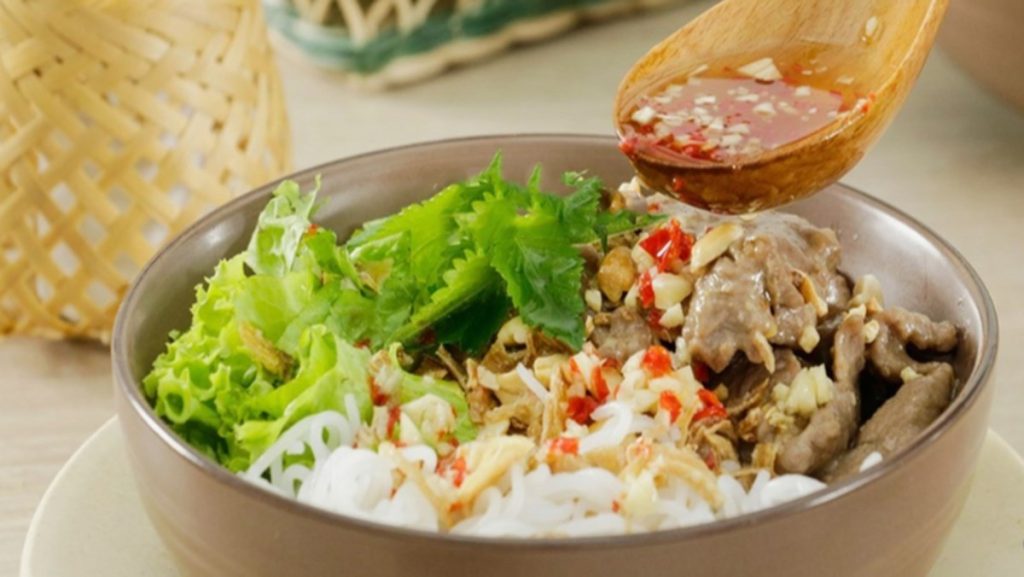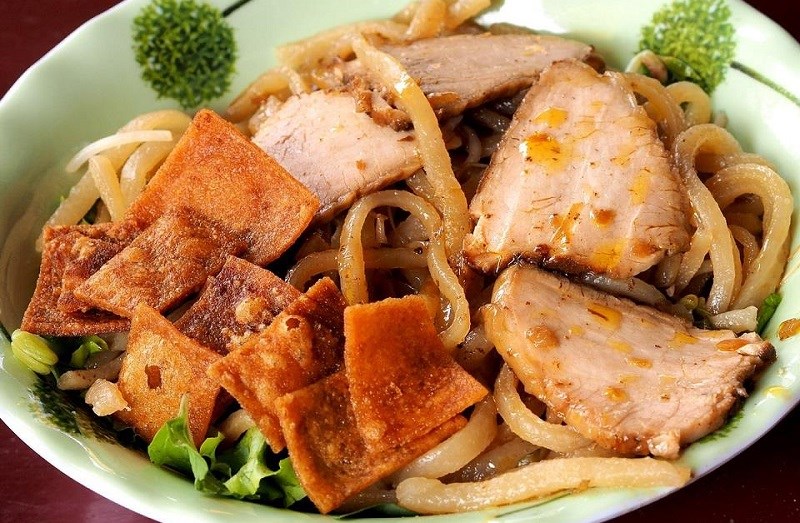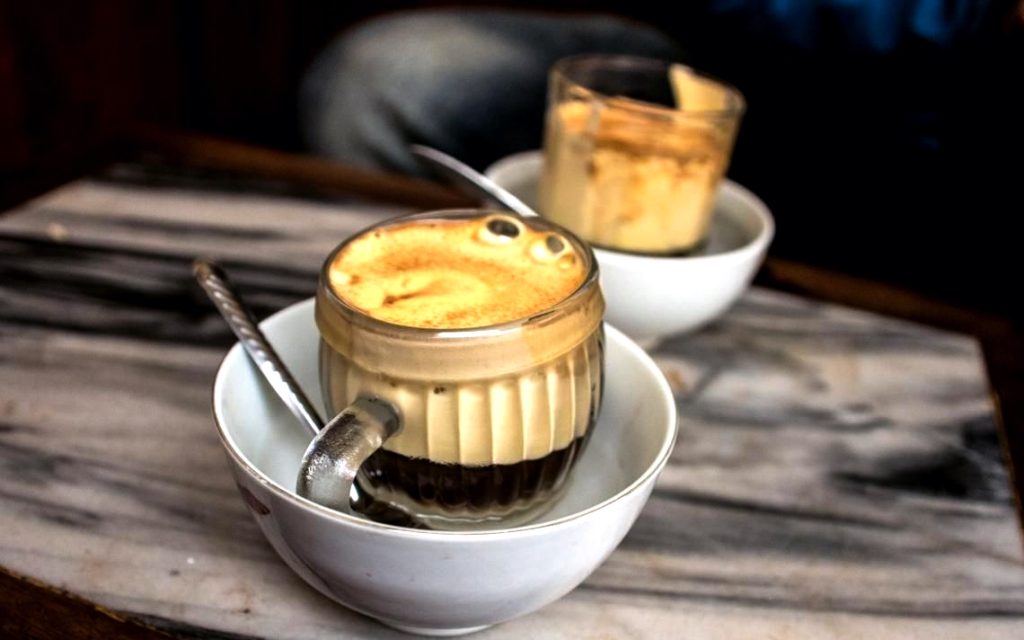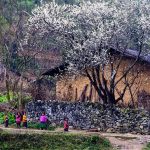5 FAMOUS TRADITIONAL VIETNAMESE FOOD YOU SHOULD TRY IN VIETNAM (part 2)
If you visit Vietnam, you will follow in the footsteps of the President and the famous gourmand. Grab a low plastic chair and prepare for an experience in authentic and local history. People in this town are welcoming and eager to share their ways of life. You may be interested to learn that heirloom recipes have been refined from generation to generation, leading many street food stalls to be the best places to eat and must-try in town.
The best thing is that street food stalls have perfected the art of combining tastes and freshness, as seen below:
BUN BO NAM BO

Aside from our famous noodle soup – Pho – you might want to try our latest noodle salad – Bun Bo Nam Bo. The term “Bun Bo Nam Bo” literally translates to “Southern beef noodles.” Surprisingly, this noodle is now very popular in Hanoi. It’s a fascinating mix of healthy materials including vegetables, noodles, beef topped with fried onions, roasted peanuts, bean sprouts, and herbs, all of which harmonize in a magical way by the seasoning sauce. The sauce is a combination of fish sauce, sugar, lemon, and chili, but each restaurant has its own special formula for combining these elements in the proper proportions.
To make a bowl of Bun Bo Nam Bo, simply combine all of the ingredients in a mixing bowl, grab a pair of wooden chopsticks, and you’re ready to go. A bowl of this new and crunchy noodle salad will surely cool you down in Vietnam’s tropical heat.
CAO LAU
Hoi An is still the most appealing and popular destination in Vietnam. And no one can leave this romantic town without having tried a Cao Lau. Cao Lau is made up of five components: chewy noodles, smoky pork, seasoned broth, crispy fried rice cracker, and fresh herbs. Authentic Cao Lau noodles can only be obtained from the centuries-old Ba Le well, and you can never find decent Cao Lau outside of town.

A simple bowl of Cao Lau is not only the pride of Hoi An cuisine, but it also conceals the past of this ancient town. From the 15th to the 19th centuries, this town’s architecture and cuisine were heavily influenced by Japanese and Chinese culture. Cao Lau, like Japanese Udon and Chinese Char Siu, represents the influence of waves of merchants.
BANH MI
Aside from the French language and the magnificent Colonial French architectures in this region, this is one of the finest things the French have left in Vietnam. Banh My has grown to be one of the most common street foods in Vietnam. There are several topping options for Vietnamese bread (Banh My). Banh My includes Pate, Cheese, Sausages, Fried eggs, Mixed fried eggs & spices, Grilled Chicken, BBQ pork as a Kebab modification, Minced cooked pork… You may order one of each or a combination of Banh My with any of the above toppings. Banh My is a treat for me, and I like to consume it in the late afternoon (as afternoon tea break).

BANH BOT CHIEN

This is called Cake, but it is not as good as you would imagine.
It is made of wheat flour mixed with eggs and deep-fried until crispy. It’s kind of a surprise for school kids. The sauce is also an important factor in whether it is healthy or not. Banh Bot Chien is usually served with green papaya slices, spices, and a dash of chilly or chili.
It is more common in HMC City than in Hanoi, and the price is very fair.
CAFÉ TRUNG (Egg Coffee)
Hanoi’s specialty is “Cà Phê Trung,” or egg coffee. A creamy, fluffy, meringue-like egg white foam sits atop dense Vietnamese coffee. Though it is now served in the capital, Cafe Giang claims to have invented it. There are hot and cold variants, with the hot version seeming to be more common. It has now become one of the must-try dishes while visiting Hanoi. Café Trung is available in several major cities in Vietnam, but it is better served in Hanoi.

















